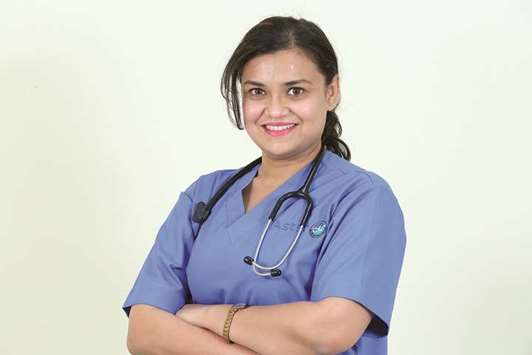In olden times cancer was detected by means of smelling, means the tumour has advanced so much that it is fungating and emanating bad smell. Then came the time of seeing, means a gynaecologist on routine exam detects cancer on seeing cervix under light. Now the generation is of screening where we predict its onset much before it actually appears.
Cervical cancer is the 4th most common cancer in women based on global stats, with more than 527,000 new cases being diagnosed every year (8% of all female cancer cases). It claims more than 265,000 lives a year. This scenario has improved a lot in western countries with minimal occurrences of cervical cancers, thanks to effective screening tests they follow.
Lack of awareness, poor education and lack of administrative will is still taking the toll on women’s health with high mortality, morbidity and the cost of medical care.
So let us get to know these important screening tests.
What is a screening test?
It is a test done for targeted age groups in general population so as to detect the chances of getting cancer or any other disease much before its appearance in them. A good screening test should be able to detect women with cancer potential (called sensitivity) and also rule out women who are safe with no cancer risk and reassure them (called specificity).
It should be employed easily and safely in general population and should also relieve anxiety of women and free them from fear of cancer when the test is negative.
Screening test detects the disease when it is still in the very early stage and amenable to simple treatment.
Women are very lucky to have Pap smear and mammograms as screening test for detecting common cancers like cervical and breast cancer years before it actually appears.
Pap smear
Let me explain why and how
In Pap smear we scrape cervix which is easily visible under good light and send for testing. The pathologist detects cellular changes called dysplasia under microscope and gives report within 3 days. Because window period between bad cells and actual cancer is very long (10 -15 years), there is plenty of time for patient and doctor to treat it totally without panic.
That’s why I repeat that Pap smear is a boon to women.
Who should take the test?
Any woman can take the test because sensitivity of the test is 70% it should be repeated every 3 years till the age of 65, women over 65 years of age who have had regular screening in the previous 10 years should stop cervical cancer screening as long as they haven’t had any serious pre-cancers found in the last 20 years.
Adding HPV virus testing through same smear increases sensitivity by 96% combined testing strongly recommended.
What happens if test is positive
Good, because you detected it in very early stage where cure is completely possible and the doctor can and should do a little more invasive tests like:
* Colposcopy
* cervical biopsy
* cone biopsy
And know if it is deeper, which is rare if you had regularly screened with Pap smear.
Mammography
All women above 40 years should undergo one base line mammography to detect risk of breast cancer. This is nothing but X-ray of breast, with low radiation of 0.4msv, which will detect cancer in very early stages.
Changes are seen in the form of micro calcification and change of architecture of the breast tissue. Though there is controversy in some studies about sensitivity of test which cannot detect all cancers due to dense premenopausal breast tissue, or sometimes a lobular carcinoma.
Nevertheless American Cancer society recommends Women between 40 and 44 have the option to start screening with a mammogram every year.
Women 45 to 54 should get mammograms every year.
Women 55 and older can switch to a mammogram every other year, or they can choose to continue yearly mammograms. Screening should continue as long as a woman is in good health and is expected to live 10 more years or longer.
But in women with strong family history of cancer, with BRCA 1gene positive, or who notice small lumps should not stick to age of 40.
These women should undergo mammography immediately as basic diagnostic tool, which will be followed by ultrasound, MRI or biopsy as needed.

Dr Navitha is working as an Associate Specialist - OB& Gynecology at Aster Hospital, Doha


